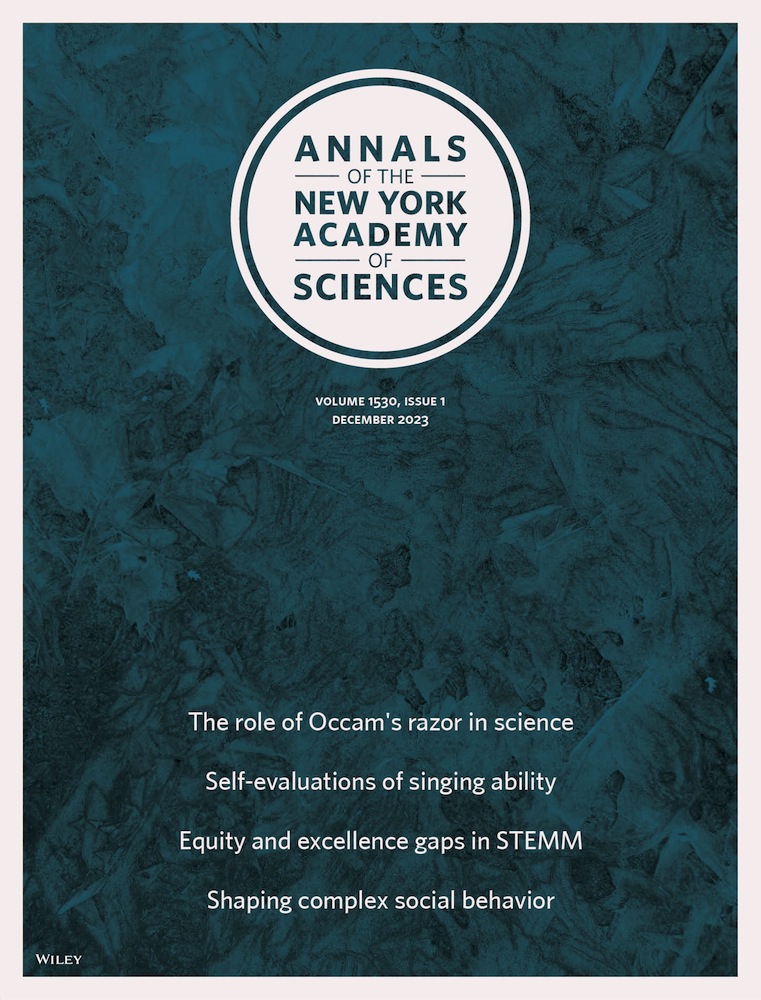在短尾果蝠(Carollia perspicillata)的屏状体中,乳胶蛋白和calretinin共同定义了一种新的兴奋性神经元亚类
IF 4.1
3区 综合性期刊
Q1 MULTIDISCIPLINARY SCIENCES
引用次数: 0
摘要
屏状体是一个端脑结构,与许多其他大脑结构进行输入和输出。这种中心安排激发了对屏状核在认知中的作用的研究,并强调了了解其内在连通性的必要性。在果蝠(Carollia perspicillata)中,大尺寸的屏状体提供了接近其内在结构的途径。在此之前,我们定义了C. perspicillata claustrum的结构,其中针对latexin的抗体是兴奋性细胞标记,针对钙结合蛋白的抗体是抑制性细胞标记。使用这种免疫组织化学方法,我们现在已经确定了一种意想不到的细胞类型,同时具有乳胶蛋白和calretinin的免疫反应性。胼胝体的calretinin+神经元,包括共表达GAD67(另一种抑制性细胞标记物)的神经元和共表达latexin的神经元,都位于锁骨壳亚区。神经元乳胶蛋白+/calretinin+ somata小于乳胶蛋白- /calretinin+或乳胶蛋白+/calretinin - somata。由于latexin标记了大脑多个区域的谷氨酸能神经元,并且从未发现与广泛性焦虑症共定位,我们得出结论,锁叶壳中的latexin+/calretinin+神经元是兴奋性的。它们代表了锁壳壳中可识别的三种兴奋性细胞类型之一,并证明calretinin可以标记C. perspicillata claustrum中的抑制性和兴奋性细胞。本文章由计算机程序翻译,如有差异,请以英文原文为准。

Latexin and calretinin together define a novel excitatory neuron subclass in the claustrum of the short-tailed fruit bat, Carollia perspicillata
The claustrum is a telencephalic structure with inputs from and outputs to many other brain structures. This central arrangement has motivated research on the claustrum's role in cognition and highlights the need to understand its intrinsic connectivity. In the fruit bat, Carollia perspicillata, the large size of the claustrum offers access to its intrinsic structure. Previously, we defined the structure of the C. perspicillata claustrum with antibodies against latexin as an excitatory cell marker and against calcium-binding proteins as inhibitory cell markers. Using this immunohistochemical method, we have now identified an unexpected cell type with concurrent latexin and calretinin immunoreactivity. The calretinin+ neurons of the claustrum, including those that coexpress GAD67 (another inhibitory cell marker) and those that coexpress latexin, are located in the claustral shell subregion. Neuronal latexin+/calretinin+ somata are smaller than either latexin−/calretinin+ or latexin+/calretinin− somata. Since latexin labels glutamatergic neurons in multiple brain areas and has never been found to colocalize with GAD, we conclude that the latexin+/calretinin+ neurons in the claustral shell are excitatory. They represent one of three excitatory cell types that are identifiable in the claustral shell and demonstrate that calretinin can label both inhibitory and excitatory cells in the C. perspicillata claustrum.
求助全文
通过发布文献求助,成功后即可免费获取论文全文。
去求助
来源期刊

Annals of the New York Academy of Sciences
综合性期刊-综合性期刊
CiteScore
11.00
自引率
1.90%
发文量
193
审稿时长
2-4 weeks
期刊介绍:
Published on behalf of the New York Academy of Sciences, Annals of the New York Academy of Sciences provides multidisciplinary perspectives on research of current scientific interest with far-reaching implications for the wider scientific community and society at large. Each special issue assembles the best thinking of key contributors to a field of investigation at a time when emerging developments offer the promise of new insight. Individually themed, Annals special issues stimulate new ways to think about science by providing a neutral forum for discourse—within and across many institutions and fields.
 求助内容:
求助内容: 应助结果提醒方式:
应助结果提醒方式:


